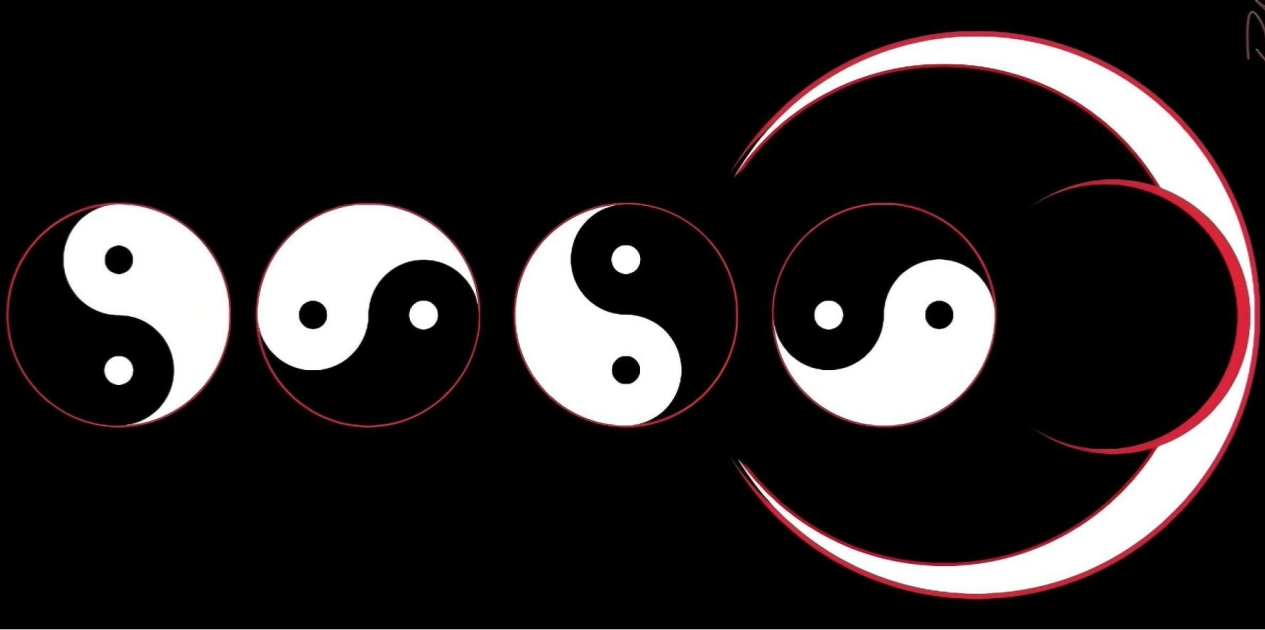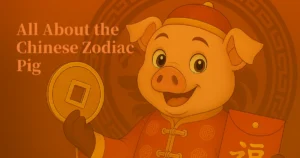In a world full of contrasts—light and darkness, action and rest, strength and softness—the ancient concept of Yin and Yang offers a timeless guide to finding balance. Rooted in traditional Chinese philosophy, Yin and Yang are not just spiritual symbols or cultural ideas—they are powerful tools that can help us understand the natural rhythms of life and align our energy with harmony.
You’ve probably seen the famous black-and-white yin and yang symbol, but what does it truly represent? Is it just about opposites, or is there a deeper wisdom we can apply to our health, relationships, and emotional well-being?
In this guide, we’ll explore the full yin yang meaning, from its philosophical origins to its influence on the 12 Chinese zodiac signs, Feng Shui practices, and even your daily routine. Whether you’re new to the idea or looking to deepen your understanding, this article will help you connect ancient knowledge with practical insights to achieve balance in your life.
- What Is Yin and Yang?
- The Origin and Philosophy of Yin and Yang
- Key Characteristics of Yin and Yang Energies
- Symbolism of the Yin and Yang Symbol
- How Yin and Yang Manifest in Daily Life
- Yin and Yang in Chinese Culture: Feng Shui, Medicine, and the Five Elements
- Yin or Yang: Which Are the 12 Chinese Zodiac Signs?
- How to Balance Yin and Yang Energy in Your Life
1.What Is Yin and Yang?
Yin and Yang is an ancient Chinese philosophical concept that explains how seemingly opposite or contrary forces are actually complementary, interconnected, and interdependent. The most common yin and yang meaning is “balance through duality.” Rather than dividing the world into rigid categories, yin and yang teaches us that everything exists in a state of dynamic flux.
In Chinese cosmology, all things are born from the interaction between yin and yang. These two forces are not physical substances but energetic principles. Yin represents the feminine, passive, dark, and internal aspect of energy. Yang, on the other hand, symbolizes masculinity, activity, brightness, and the external world. They are not enemies, but partners in transformation—always in motion, always shifting.
The classic example is day and night: when daylight (yang) reaches its peak, it slowly gives way to night (yin). This pattern is not random—it reflects the natural order of the universe. Similarly, summer (yang) transitions into winter (yin), and activity must always be followed by rest.
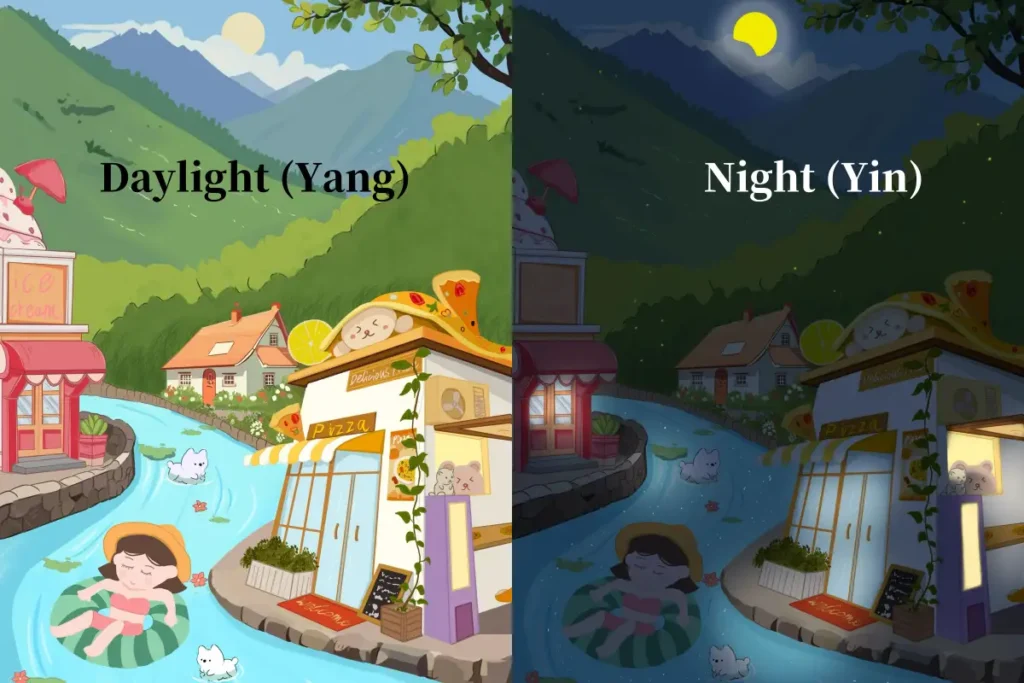
The yin and yang symbol, known as Taijitu, perfectly captures this balance. The swirling black-and-white circle shows each force containing a seed of the other. This reveals that nothing is completely yin or completely yang. Even in stillness, there is motion; within light, there is shadow.
Understanding the yin yang meaning can transform how we view relationships, work, health, and time. Modern life often pulls us toward excess—too much action, too much stress, too much light. Yin and yang philosophy reminds us to pause, reflect, and realign with the natural rhythm of balance.
2.The Origin and Philosophy of Yin and Yang
The origin of yin and yang can be traced back over 3,000 years to ancient Chinese cosmology and early philosophical texts like the I Ching (Book of Changes). The history of yin and yang symbolism is deeply entwined with observations of nature—how the moon waxes and wanes, seasons change, and life arises from cycles of growth and decline.
When was yin and yang created? While there is no precise date, archaeological evidence from the Shang and Zhou dynasties (c. 1600–256 BCE) includes references to dualistic natural forces. Taoist philosophers such as Laozi and Zhuangzi later codified the yin and yang concept into spiritual and metaphysical teachings.
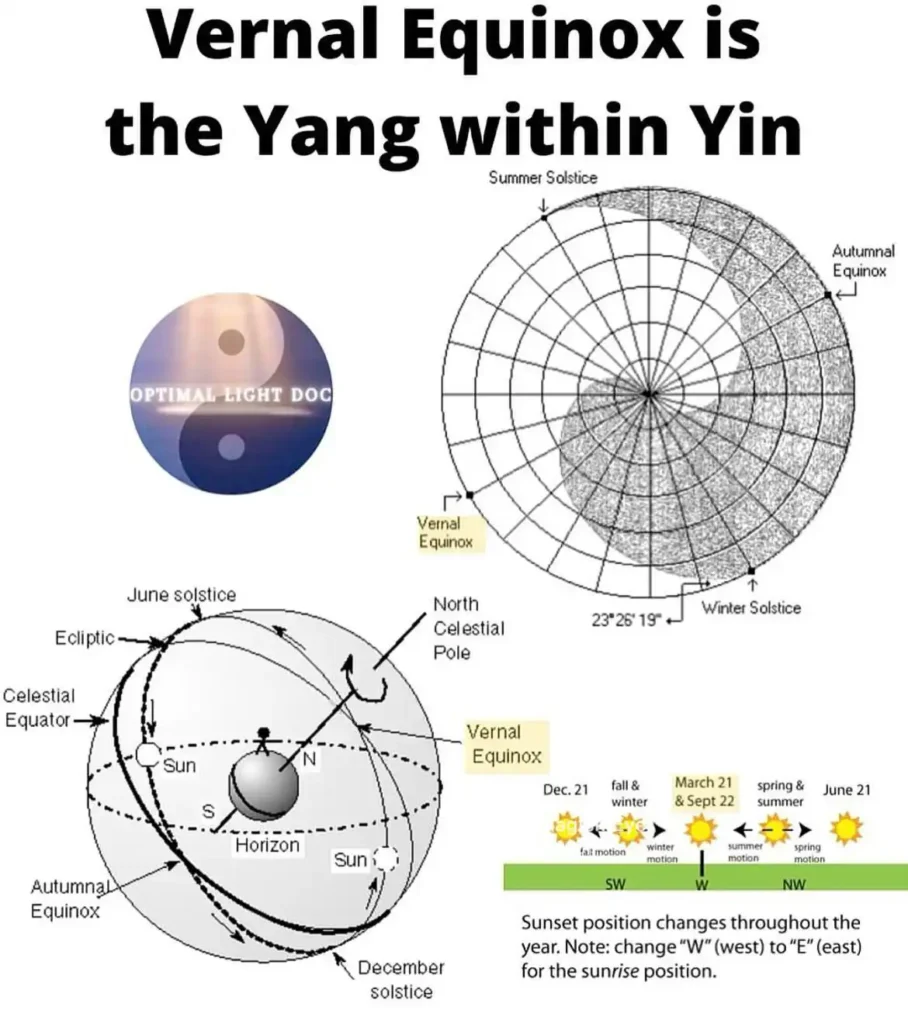
The yin and yang symbol meaning stems from these philosophical ideas. The familiar black-and-white circle, or taijitu, illustrates the unity and interdependence of dual forces. Each side contains a dot of the opposite color, signifying that within every yin exists a seed of yang and vice versa.
These ideas echo across Chinese literature, martial arts, and medicine. For example, Confucianism incorporates the concept to express moral and ethical balance, while Taoism uses it to promote living in harmony with the Tao (道), or “The Way.”
In today’s world, understanding the yin and yang meaning in Taoism philosophy provides a framework for coping with stress, navigating personal growth, and making mindful decisions. The balance between effort and surrender, action and stillness, is a timeless principle that remains relevant across cultures and generations.
3.Key Characteristics of Yin and Yang Energies
Understanding the key characteristics of yin and yang energies is essential to grasp how this foundational principle governs all aspects of life. These energies are not just metaphors—they represent real, observable forces in both nature and the human condition. The concept of yin and yang is rooted in ancient Chinese philosophy, where balance between these dualities determines harmony and health.
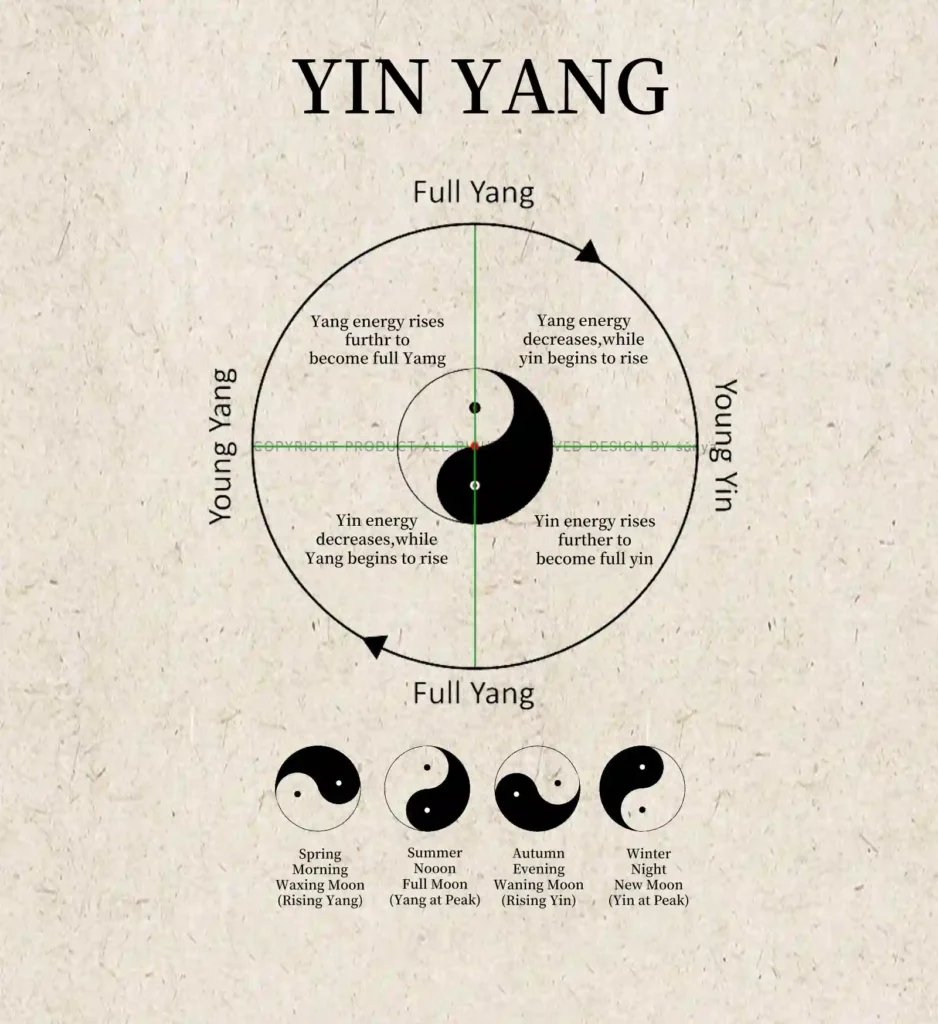
The Nature of Yin: Feminine, Passive, Dark
Yin embodies qualities often associated with the moon, water, and the earth. It is feminine, passive, and receptive—the energy of stillness, nurturing, and reflection. In the context of the yin and yang meaning, yin represents darkness, quiet, cold, intuition, and the hidden or internal aspects of life. Night, winter, the north, and downward movement are traditionally yin in character.
In cultural terms, yin is likened to the sacred feminine archetype: compassionate, supportive, and inwardly focused. It is the energy that allows for rest, creativity, and emotional depth. Without yin, there would be no space for restoration, no time to pause or reflect, which are crucial aspects of balance.
The Nature of Yang: Masculine, Active, Light
Yang, on the other hand, is the energy of the sun, fire, and the sky. It is masculine, active, and expansive—the force of action, drive, and manifestation. It symbolizes daylight, heat, clarity, and external motion. Summer, the south, and upward movement are all associated with yang.
Yang is the outward push, the energy of ambition, competition, and leadership. In the workplace, high-yang environments are dynamic and performance-driven. However, unchecked yang can lead to aggression, restlessness, or burnout, highlighting the need for complementary yin energy.
The difference between yin and yang energy in life is not a matter of opposition but of interdependence. Each requires the other to exist. As expressed in the yin and yang symbol, even the darkest yin holds a seed of light, and the brightest yang carries a point of shadow. This nuanced duality is the key to holistic living.
4.Symbolism of the Yin and Yang Symbol
The yin and yang symbol, or taijitu, is among the most recognizable icons in the world. Its swirling black-and-white design visually represents the fundamental law of interconnected opposites. The symbol expresses motion, transformation, and the constant ebb and flow of life forces.
In its circle, yin is depicted as black with a white dot, while yang is white with a black dot. This shows that within every extreme lies the potential for its opposite. The yin and yang symbol meaning reminds us that no state is permanent, and change is the only constant.
From a cultural and historical perspective, the symbol also resonates with martial arts such as Tai Chi, where movements alternate between yin and yang. The balanced choreography mirrors the cosmic forces the symbol represents.
In medicine, the yin and yang symbol meaning has diagnostic value. A person with too much Yang may suffer from inflammation, agitation, or restlessness. Too much Yin may lead to fatigue, coldness, or stagnation. Therefore, even healing is a matter of restoring Yin-Yang harmony.
As more people seek meaning in chaotic times, the symbolism of yin and yang offers a visual and spiritual anchor. It reminds us that healing is not linear, success is not constant, and strength often hides in softness.
5.How Yin and Yang Manifest in Daily Life
The philosophy of yin and yang is not abstract—it is deeply practical. Recognizing how these forces appear in everyday experiences helps you cultivate better habits, relationships, and health. Below, we explore how yin and yang manifest in daily life across nature, the human body, and our emotional patterns.
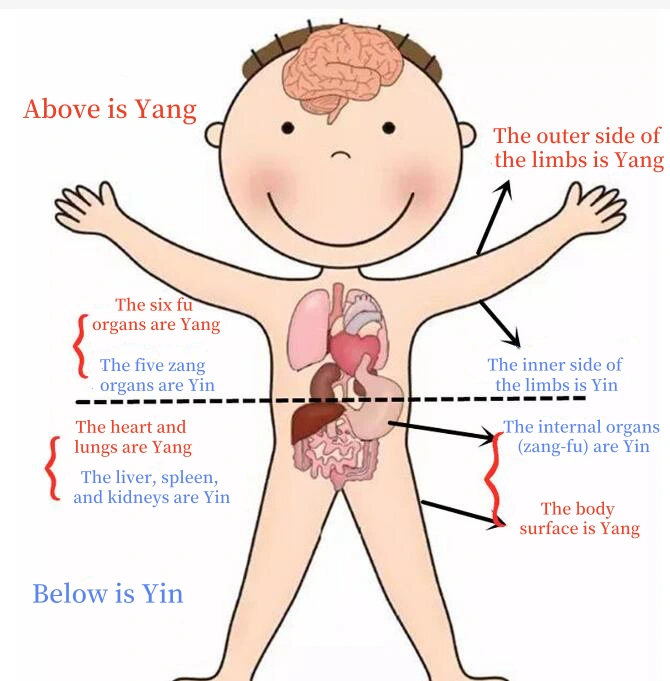
In Nature
Nature is the original teacher of yin and yang balance. Day and night, the changing of seasons, and the rhythm of tides all reflect the alternation of yin and yang. Spring and summer are yang periods—bright, energetic, full of outward growth—while autumn and winter are yin phases—cooler, slower, and inwardly focused.
When you align your lifestyle with these natural rhythms—waking with the sun (yang), resting early in darkness (yin)—you strengthen your harmony with the universe. Observing nature teaches the yin yang meaning in its most organic form: balance leads to renewal.
In the Human Body
In Traditional Chinese Medicine, the body is seen as a microcosm of the universe, governed by yin and yang. The yin organs (like the kidneys and liver) store vital essence and nourish the body, while yang organs (like the stomach and intestines) perform dynamic functions such as digestion and circulation.
Too much yang energy may show up as inflammation, anxiety, or insomnia. Excess yin might lead to fatigue, depression, or cold extremities. Achieving yin and yang balance in daily life involves managing diet, sleep, and movement. For instance, a heated workout (yang) should be followed by cooling foods or meditation (yin) to restore equilibrium.
In Emotions and Behavior
Emotionally, yin manifests as introspection, sensitivity, and calmness, while yang appears as confidence, decisiveness, and enthusiasm. People naturally lean toward one energy more than the other—but both are needed. A person who is overly yin may avoid confrontation and become stagnant. Someone too yang might be quick-tempered or controlling.
Cultivating balance means recognizing these patterns and applying corrective action. If you’re overwhelmed (yang excess), create stillness and space. If you’re unmotivated (yin excess), initiate motion. Knowing how to apply yin and yang balance in daily life empowers you to make choices that nurture both mental and emotional health.
The more we understand these forces, the more we can live with intention—not merely reacting to life, but flowing with it.
6.Yin and Yang in Chinese Culture: Feng Shui, Medicine, and the Five Elements
The concept of yin and yang is deeply embedded in traditional Chinese culture, not as an abstract philosophy, but as a practical framework that influences architecture, health, and cosmology. From arranging living spaces to diagnosing illness and interpreting the universe, yin and yang meaning takes shape through three major systems: Feng Shui, Traditional Chinese Medicine (TCM), and the Five Elements theory.
Yin and Yang in Feng Shui
In Feng Shui, the harmony of yin and yang energies is essential to creating a balanced environment. Yin elements—such as soft lighting, flowing water, and quiet spaces—are used in bedrooms, meditation rooms, and reading areas. Yang elements—like bright light, active spaces, and vibrant colors—are best for living rooms, kitchens, and offices.
A well-designed space doesn’t lean too far in either direction. For instance, a workspace that’s overly yang may feel stressful, while a bedroom that’s too yin might feel stagnant or lifeless. Feng Shui practitioners often use the yin and yang symbol as a visual guide to assess a home’s energetic distribution.
Applying yin and yang balance in daily life through Feng Shui might mean adding natural light (yang) to a dark room or introducing soft textures (yin) into an overstimulating environment. In both modern interior design and traditional geomancy, the goal remains the same: balance creates well-being.
Yin and Yang in Traditional Chinese Medicine
In Traditional Chinese Medicine, the balance of yin and yang within the body determines health or disease. Yin corresponds to cooling, moisturizing, and nourishing functions; yang represents heat, movement, and metabolic activity. Vital organs are classified accordingly—yin organs store essence (e.g., liver, kidneys), while yang organs process and transform (e.g., stomach, intestines).
The yin and yang meaning in traditional Chinese medicine goes beyond theory. It affects diagnosis (e.g., is an illness hot or cold? excess or deficiency?), treatment (warming herbs vs. cooling herbs), and even lifestyle advice (rest vs. exercise, sleep vs. stimulation).
For example, a person with excess yang might suffer from high blood pressure, inflammation, or insomnia. Treatment would focus on nourishing yin—through acupuncture, herbs, cooling foods, and calming routines. Conversely, someone with too much yin might experience cold limbs, fatigue, and low metabolism, and would benefit from warming therapies and yang-stimulating practices.
TCM offers some of the most direct answers to how to balance yin and yang for health benefits, emphasizing seasonal living, emotional regulation, and customized healing protocols.
Yin and Yang and the Five Elements
According to the Chinese Five Elements theory, the flow of energy in the universe is composed of five fundamental elements: Wood, Fire, Earth, Metal, and Water. These elements work in conjunction with the principles of Yin and Yang, together explaining natural phenomena and the constitution of the human body. Each element contains both Yin and Yang aspects. For example:
Each element has yin and yang aspects. For example:
Wood (growth): yang when it expands (spring), yin when it bends (flexibility).
Fire (passion): pure yang in its rising energy.
Earth (stability): center point balancing yin and yang.
Metal (structure): yin when contracting, yang when forging.
Water (fluidity): strongly yin in its depth and stillness.
Understanding these layers reveals the yin yang meaning in practical life. A personality might be a “yang Fire” type—outgoing, passionate, and impulsive—or a “yin Water” type—introspective, intuitive, and fluid. The Five Elements enhance the specificity of yin-yang interpretation, especially in Chinese astrology, medicine, and Feng Shui.
In applications like TCM or Feng Shui, practitioners assess both systems together. For example, someone with too much yang Fire energy (heat, anxiety, inflammation) may need Water (cooling yin) to restore balance. This principle is at the heart of many questions like how to balance yin and yang for health benefits, especially in more nuanced, individualized ways.
7.Yin or Yang: Which Are the 12 Chinese Zodiac Signs?
The 12 Chinese Zodiac signs are each governed by either yin or yang energy, adding depth to their astrological characteristics. In Chinese metaphysics, the zodiac system combines Heavenly Stems and Earthly Branches, where each Branch (zodiac sign) is inherently yin or yang.
Here’s the basic classification:
Yang Signs: Rat, Tiger, Dragon, Horse, Monkey, Dog
Yin Signs: Ox, Rabbit, Snake, Goat, Rooster, Pig
Each sign also corresponds with one of the Five Elements, creating combinations like “Yang Fire Dragon” or “Yin Metal Snake.” This dynamic fusion reveals the difference between yin and yang energy in life, not just in broad terms, but in individualized personality patterns.
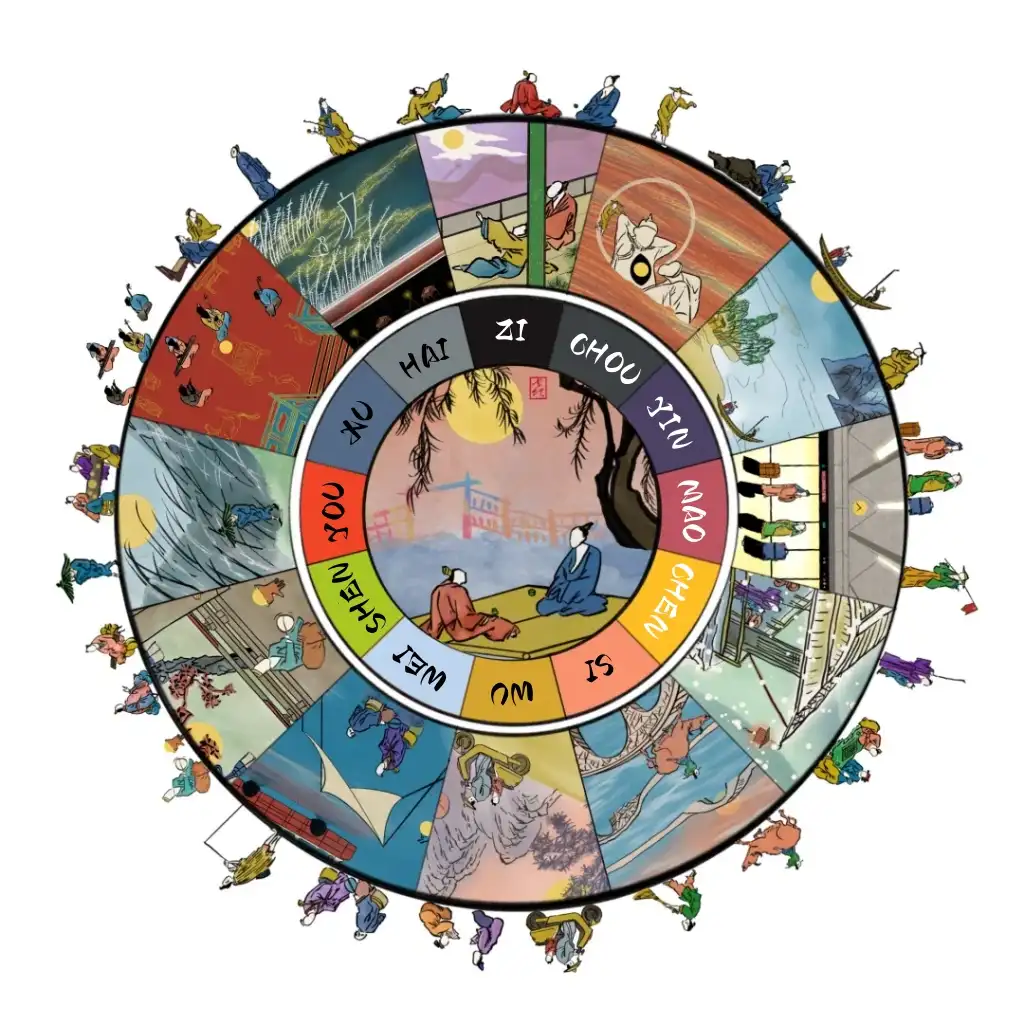
For example, a Yang Tiger may be bold, energetic, and action-oriented, while a Yin Rabbit is graceful, intuitive, and thoughtful. Understanding the Yin or Yang nature of your Chinese Zodiac animal can help you identify personal strengths and potential imbalances in areas such as relationships, career, and health.
In Chinese metaphysics, compatibility between Zodiac animals often takes Yin-Yang polarity into account. Two Yang animals may clash due to excess heat or competitive tension. Two Yin animals might struggle with indecisiveness or inertia. However, Yin-Yang pairings often foster balance and mutual support.
Knowing whether your Chinese Zodiac animal is Yin or Yang can also guide your daily choices. If you have a Yang-oriented personality, practicing more Yin-aligned activities—such as meditation, stillness, or calm creative hobbies—can help restore your inner harmony. This is another powerful example of how to apply Yin and Yang balance in daily life, rooted in ancient Chinese cultural wisdom.
8.How to Balance Yin and Yang Energy in Your Life
In today’s overstimulated, fast-paced world, many people live in a state of chronic yang excess—constant activity, digital overload, and little time for rest. Others, due to emotional fatigue or lack of direction, may lean into yin stagnation. Learning how to balance yin and yang energy in your life is essential for mental clarity, physical health, and emotional peace.
Step 1: Identify Your Dominant Energy
Are you always on the move, multitasking, and struggling to sleep? You may have excess yang. Are you constantly tired, indecisive, and emotionally withdrawn? You may be stuck in yin mode. Recognizing your state is the first step.
Step 2: Apply Opposing Forces
If your life is yang-heavy (bright lights, aggressive workouts, caffeine), introduce yin elements: dim lighting, cooling foods, gentle stretching, quiet time. If your life is yin-dominant (isolation, inactivity, overthinking), inject yang through movement, goal-setting, or warm, energizing meals.
Step 3: Align with Nature’s Rhythms
Follow natural cycles. Wake up with sunlight (yang), wind down after dusk (yin). Eat seasonally, adapt your habits to temperature and daylight changes. Nature is the most reliable guide for yin and yang balance in daily life.
Step 4: Use the Yin and Yang Symbol as a Reminder
The yin and yang symbol reminds us that transformation is constant. Within sadness lies joy. Within activity, rest is required. Embrace this duality not as contradiction, but as complement.
Whether you’re optimizing your schedule, designing a living space, or improving your health, the question isn’t which energy is “better,” but how to maintain a dynamic, responsive balance. That is the true wisdom of yin and yang.

